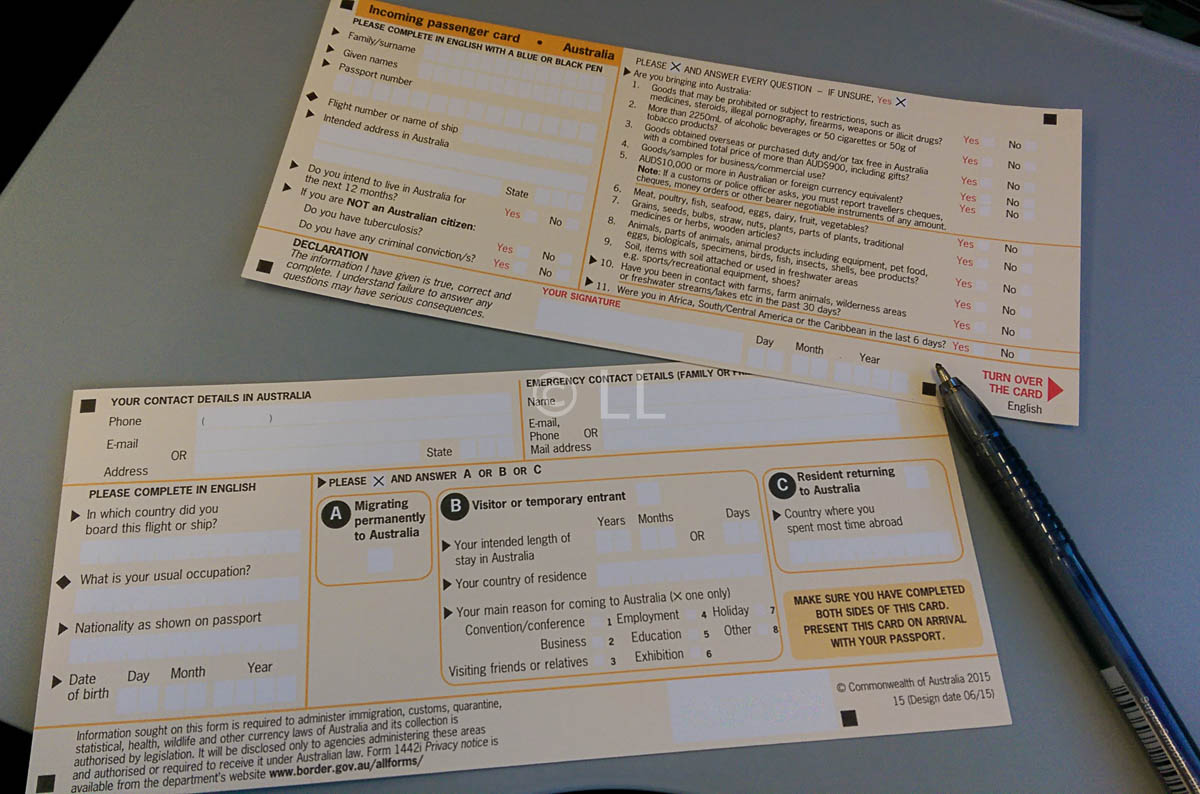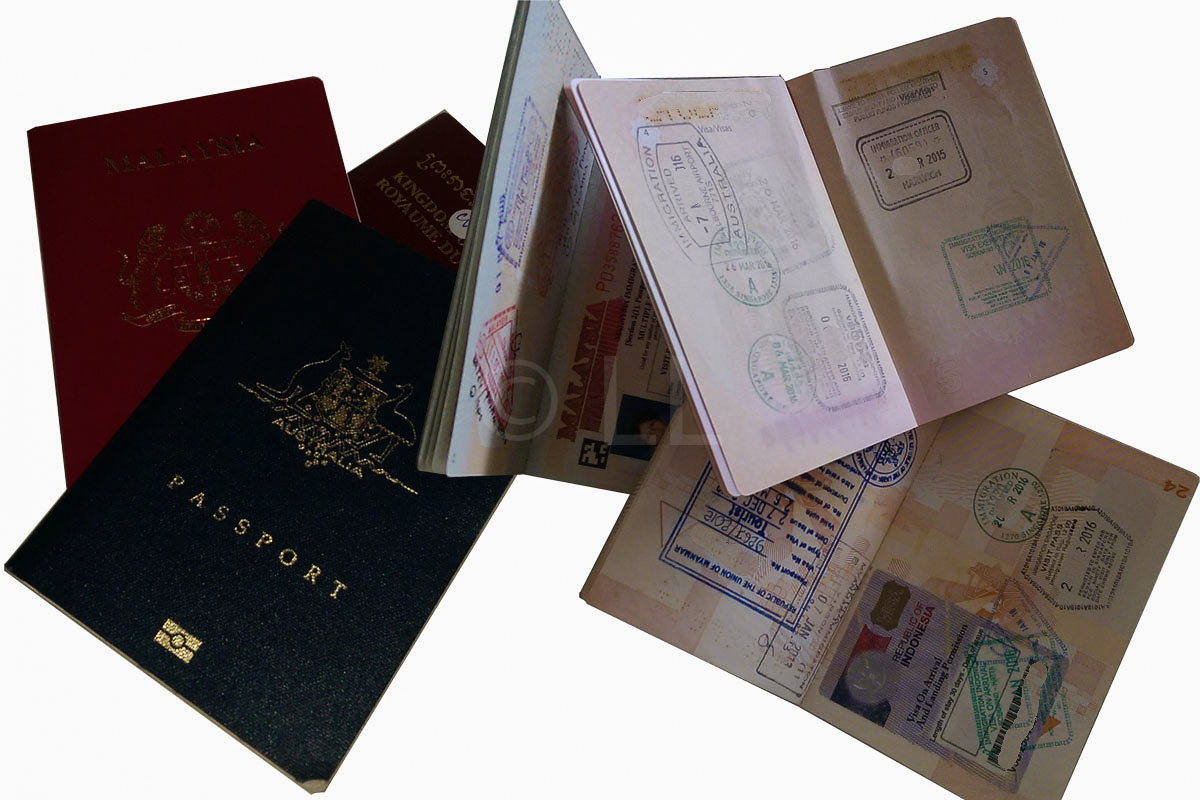Visa requirements around the world do change and it’s always a good idea to check if you can get a visa on arrival, before you land at a foreign airport or land crossing rather than turn up and find you should have organised your entry beforehand. Post-covid, many countries have introduced the submission of pre-arrival documents, usually from about 3 days before entry. Malaysia and Singapore are two examples. Some countries allow you to complete the documentation for Visa on arrival at the same time, bypassing the need for a paid agent to do this. Cambodia is one of these countries.
Visa on Arrival – How can I check?
The best and most reliable way to make sure of your particular requirement is to call the Embassy / High Commission of the country you plan to visit in your country of residence. If you are travelling and will be applying for a visa for the country in a third country, let them know this as the requirements and cost may be different. One example – applying for a tourist visa to visit China will cost less in the country of your passport than if you apply in a different country.
If you do need a visa on arrival, going to the embassy is generally the least expensive way of getting it. However, this may not be an option if you don’t live close enough, or the time / opening hours just won’t work for you.
Fortunately a number of countries which do require you to get the visa approved before you arrive, have appointed agents to handle the task for you. You will pay the cost of the visa plus the agent’s fee. Vietnam has a number of agents offering the service, it is a good idea to check on the embassy’s website for the ones they list.
It’s wise though, to check if you really do need to get the visa first, because the rules can change and sometimes the only advantage you really get is to clear the immigration queue more quickly when you arrive.
One such website to help with this travel minefield is iVisa which will give you a quick way of checking if you need a visa when visiting some countries, and if you do, offer a quick and easy way to organise it before you arrive. Update 2024: This website now focuses on visa applications, rather that serving as a checking resource. Their fees aren’t clearly indicated and seem to be very high for some countries that offer visa-free entry for tourism, in particular to China for travellers from certain countries. Unless it is an officially referred agent, we suggest that your best option when seeking a visa/ETA is to go direct to the country’s official issuing site. You will save money and be assured that you will have the correct documents. You can also try this site which has a comprehensive table to check which visa you need for all passports. If you need a visa and are eligible for an eVisa, they will direct you to the official site.
Economy Traveller tried a little experiment on your behalf to check out the options for a trip to Cambodia, using an Australian passport.
- Step 1 – Call the embassy to check if a visa is required before arrival. Response – you need a visa and it will cost US$30. You can either get it on arrival by completing the form and joining the queue, or get it before you go. (For finding Cambodian Embassies around the world, this list may be helpful)
- Step 2 – Cambodia is a country with a number of agents who will assist. We found the dedicated Cambodian Visa agent, Cambodia Visa Online and checked what they offer. Result – They will charge you US$ 90 for the service, which includes the Visa fee. We liked their handy table which indicates where you can use the e-visa, especially useful for overland travellers who may enter from Thailand, Vietnam or Laos.
- Step 3 – Check the iVisa site for comparison with the other option mentioned. Result – You can get your e-visa here for around US$ 50, inclusive of visa cost and agent fee. There is a space to enter a recent head shot photo, so have one ready. The site was clear and easy to use and you can save your passport photo on the site. Processing time is 4 days. Urgent visas can be processed in 1 day, but will incur extra cost. Update 2024: You will save both time and money if you apply direct for your visa.
The information about Cambodia has been updated, March 2024. If you require a visa for Cambodia and wish to save time and money, apply direct here and pay on arrival at the counter. We did this and were through in 10 minutes.
** TIPS
- Each country and entry point varies and queues may be different at each location.
- It’s always a good idea to have a supply of passport photos with you, in a choice of white and light blue backgrounds as some countries are rather particular.
- Make sure you have enough currency to pay for the visa. Airports aren’t banks and we’ve seen travellers in tears because there’s no ATM at immigration to enable them to get the funds they need.
Visas for other countries
If you are travelling to a non-Asian country the specifics above won’t apply, but there are some extra general points to consider wherever you’re travelling.
Again, the best advice is to call the embassy directly to ask about your particular case especially if you’re travelling to North or South America or one of the African countries.
Europe and UK with their various agreements are easier to navigate.
If you plan to visit Iran, it’s really important to check the requirements. While the list of nationalities granted visa-free entry has grown, it does not include citizens of a number of countries like the United States, Canada, United Kingdom and Australia. For example, an Australian passport holder wishing to visit as a tourist will need to make an application through a travel agent (even if you plan to purchase your ticket online) This application must be approved by the authorities in Iran before you are given the go-ahead to head off to the Embassy in your country of residence to actually get the visa in your passport. The advice is to allow at least three weeks for this process. Fees paid are quite considerable, and in line with normal practice, are not refundable if your application is not approved.
Other useful things to remember
Visas aren’t the only thing you’ll need to think about if you’re travelling overseas.
Currency controls / restrictions – most countries have a restriction on the amount of currency you can carry in or out, but they also require you to have enough funds for your stay.
Some currencies cannot be purchased outside their country, you will need to take a third currency (USD / Euro etc) and change when you arrive (examples are Vietnam, Myanmar and Cambodia).
Some countries will accept currencies of other countries – e.g. you may find it difficult to purchase Malaysian Ringgit outside the country, but other currency can be freely changed once you arrive.
Immigration Forms
Many countries require completion of a paper immigration form before entry and exit. You are often given the arrival form on board your flight and you may be given the departure form as you check-in. Make sure you complete the forms correctly before you arrive at the immigration counter to save time.
Quarantine restrictions exist in many countries and are often be strictly enforced. Australia and New Zealand are very particular about their quarantine rules, so check the requirements and be honest when you complete the forms. There are bins to throw away things you may not take in to the country. Use them or pay a fine, generally a big one.








This Post Has 4 Comments
Can you suggest me any online travel service provider to assist in applying visa to UK?
The safest way to do this would be to check with the British Embassy/High Commission in your current country of residence. If they do the visa themselves, they may also have a link on their website.
Hi Azam,
Since you are searching for an online service provider, I suggest you click2visas. they can assist you online, take care of filling your visa application and step by step guidance. Choose your travel details in the link provided below
Check this out https://click2visas.com/usa-india-tourist-e-visa
Hope its useful to you, have a nice day!!.
Thanks Limat. This is the homepage https://click2visas.com/